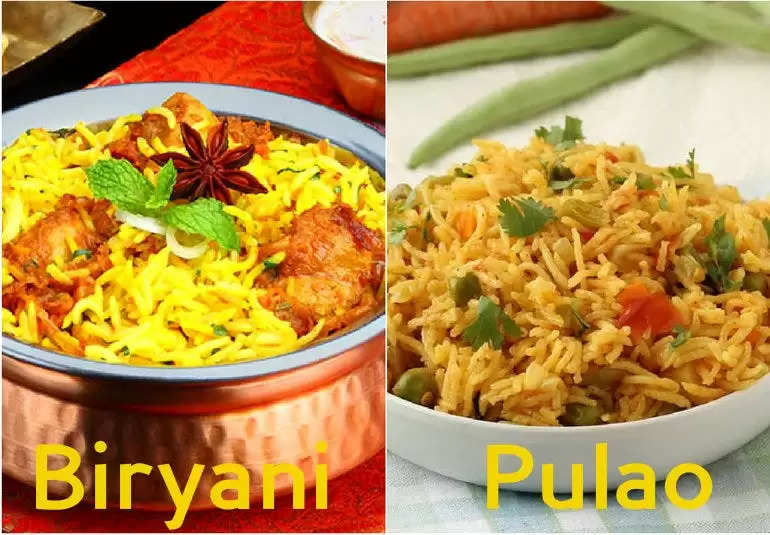Taste the Contrast: Chef Insights on Biryani vs Pulao
On special occasions, biryani is unmatched in its delicious flavor
There is a notable difference between biryani and pulao. On special occasions, biryani is unmatched in its delicious flavor. The one-pot rice dish is renowned for its delicious flavors and is commonly linked with non-vegetarian cuisine. However, there are numerous ways to add variations and turn it into an equally appealing vegetarian delicacy.
However, this distinction does not classify the dish as pulao. Culinary experts point out subtle differences between the two dishes, with each appealing to unique tastes.To help clarify the difference, let's explore the origins of biryani and pulao, considering how cultural background can influence culinary preferences, which is a fascinating concept to ponder.
Cooking over low heat
The precise origins of biryani are unclear, but culinary experts propose that the dish emerged from a blend of Indian and Persian spice traditions. Some theories even suggest that biryani was originally made to serve substantial groups of laborers or soldiers. This one-pot rice dish, cooked in large utensils, involved layering meat or vegetables, spices, and rice before allowing it to slowly cook for an extended period without constant monitoring.
Parikshit Joshi, executive chef at Someplace Else in Mumbai, explained that the word "biryani" comes from Persian and refers to a method where meat or vegetables are fried in ghee before being layered with partially cooked rice, birista (fried onions), and cooked using the dum pukht or slow cooking technique.
Pulao is made using a more straightforward cooking technique than biryani. It involves cooking rice, meat, or vegetables together in a pot with mild spices using the absorption method. Joshi explained that a prime example is yakhni pulao, which is cooked using the same mutton stock in which it is boiled, enhancing its flavor with gentle spices, and typically served with a side of salan or gravy.
Chef Ajay Thakur from Hitchki Resto Bar in New Delhi described how preparing meals for a large group of people was straightforward and not overly challenging. According to Thakur, pulao is thought to have come before biryani, and biryani is seen as an evolved or advanced version of pulao.
Thakur clarified that in pulao, the rice may be partially cooked or even raw, and no additional water is added during the cooking process. Unlike biryani, pulao is not assembled in layers and instead relies on broth to cook the rice, typically using fewer spices.
Moreover, biryani is known for its spiciness, whereas pulao is characterized by its more subtle flavors
According to Joshi, biryani frequently uses yogurt to harmonize the bold spices. Throughout India, one can discover diverse variations of pulao and vegetarian biryanis, each with slight ingredient variations influenced by culture and regional ingredients. Different regions in India showcase unique preparations of vegetarian biryani and pulao. Another important difference is that biryani is commonly served as the main dish, while pulao is often enjoyed as a side dish alongside other meal items.
Source-Media Reports
To join us on Facebook Click Here and Subscribe to UdaipurTimes Broadcast channels on GoogleNews | Telegram | Signal



